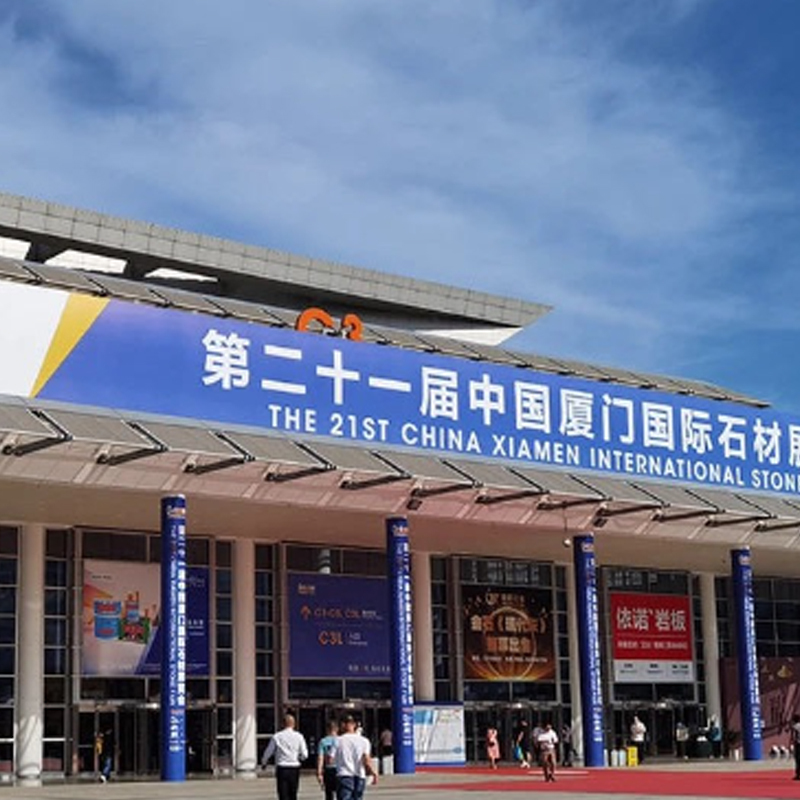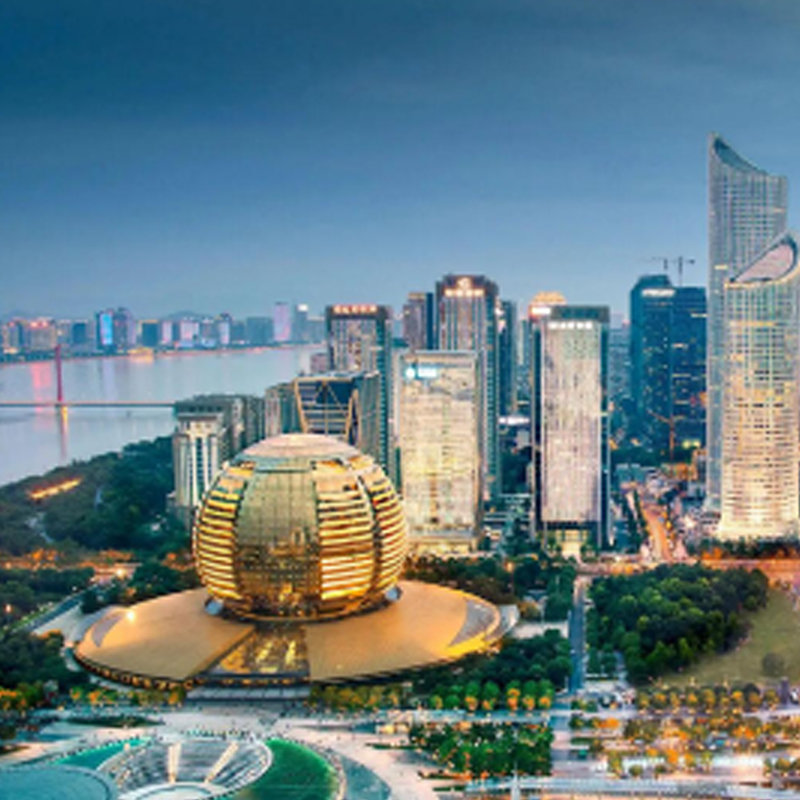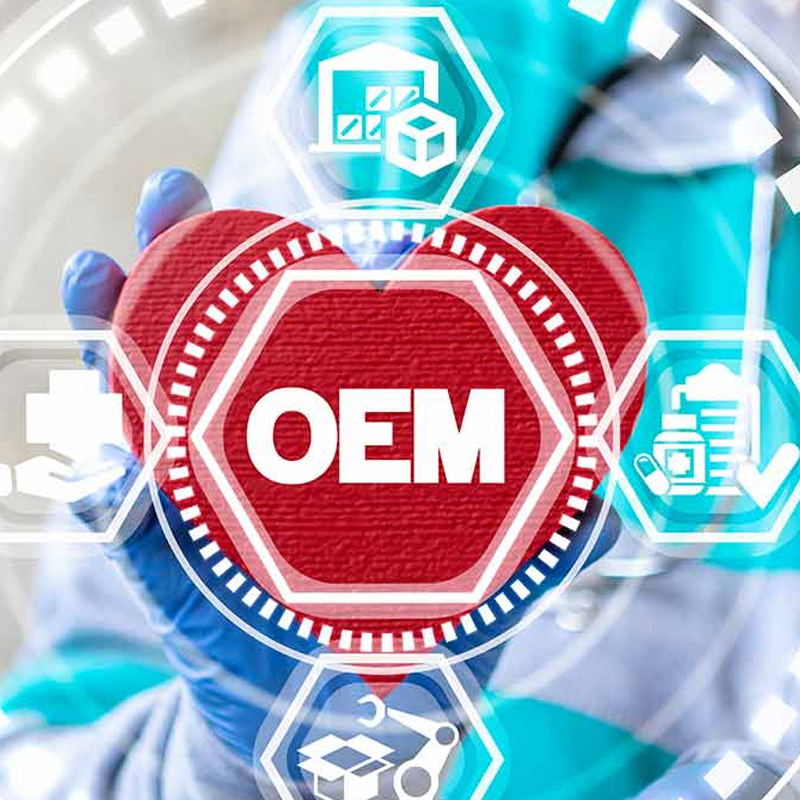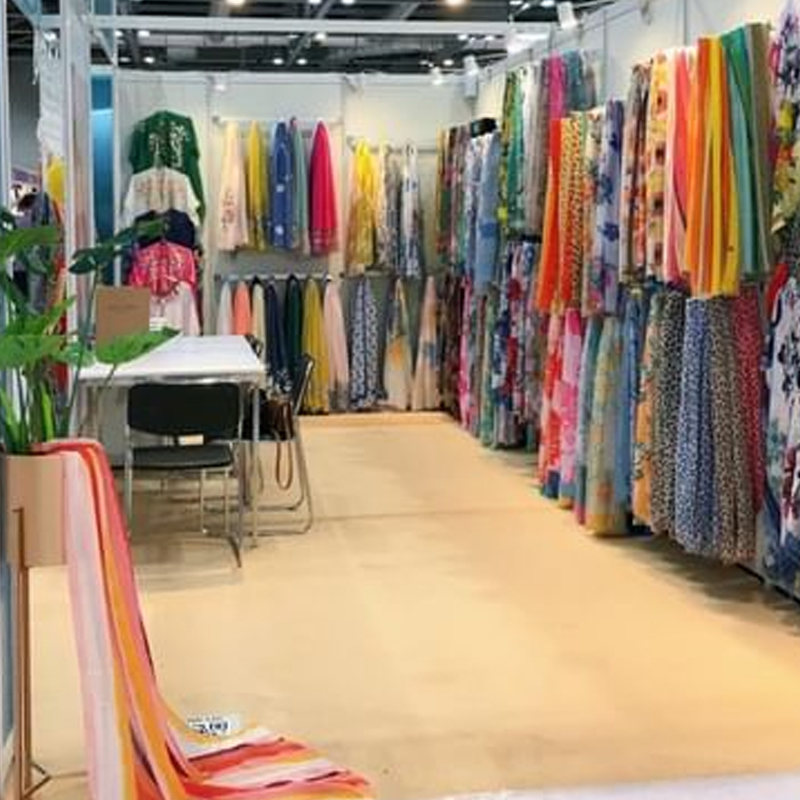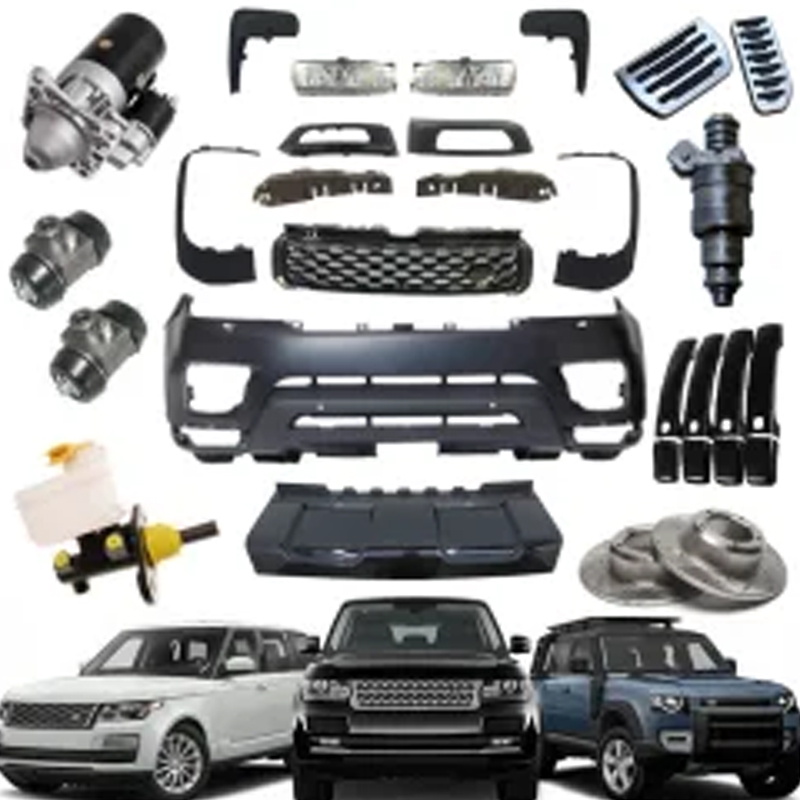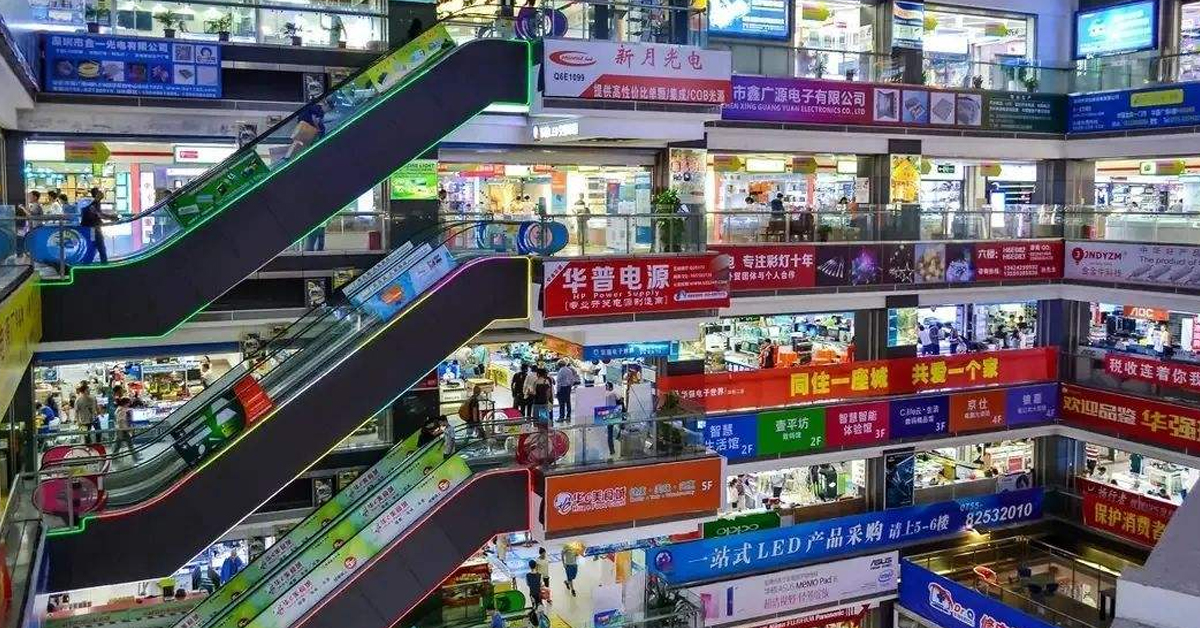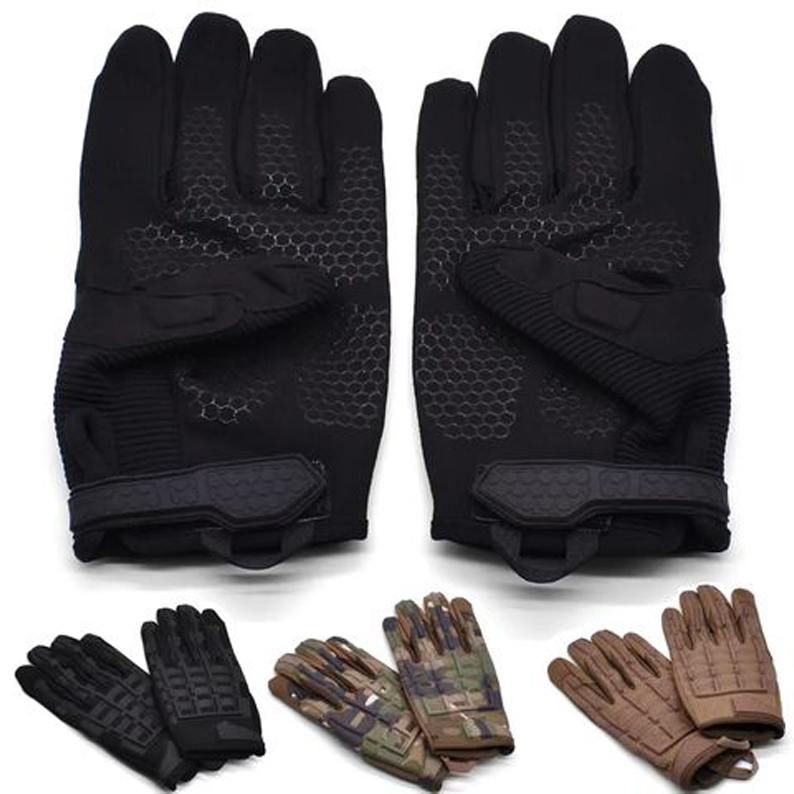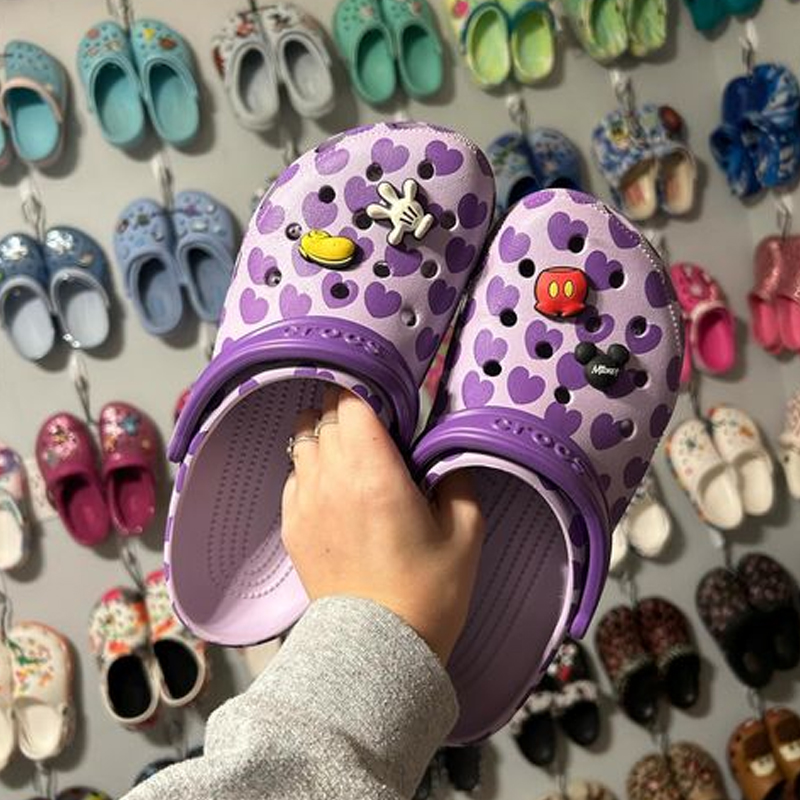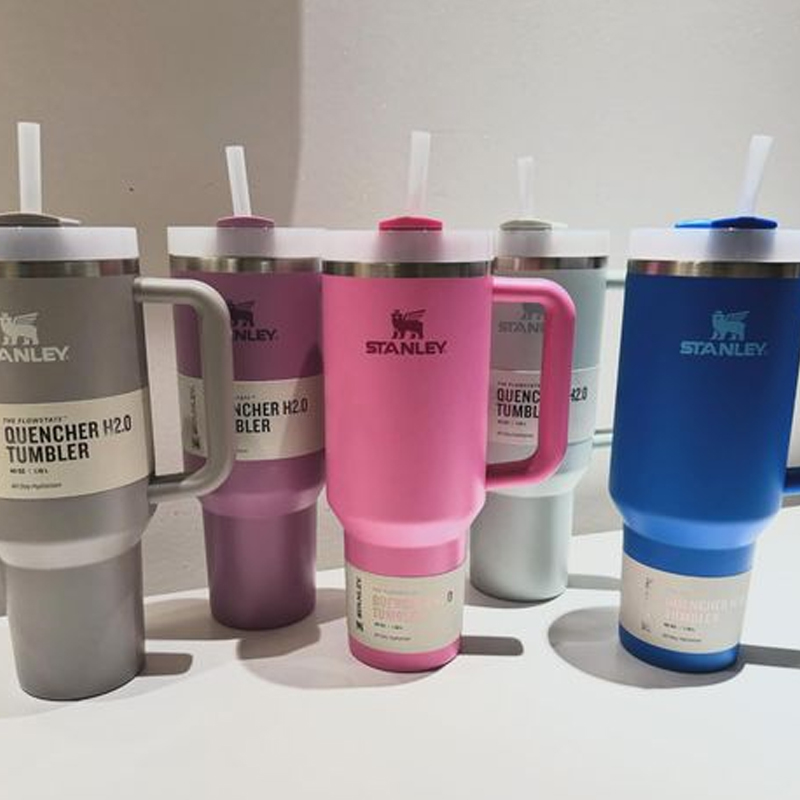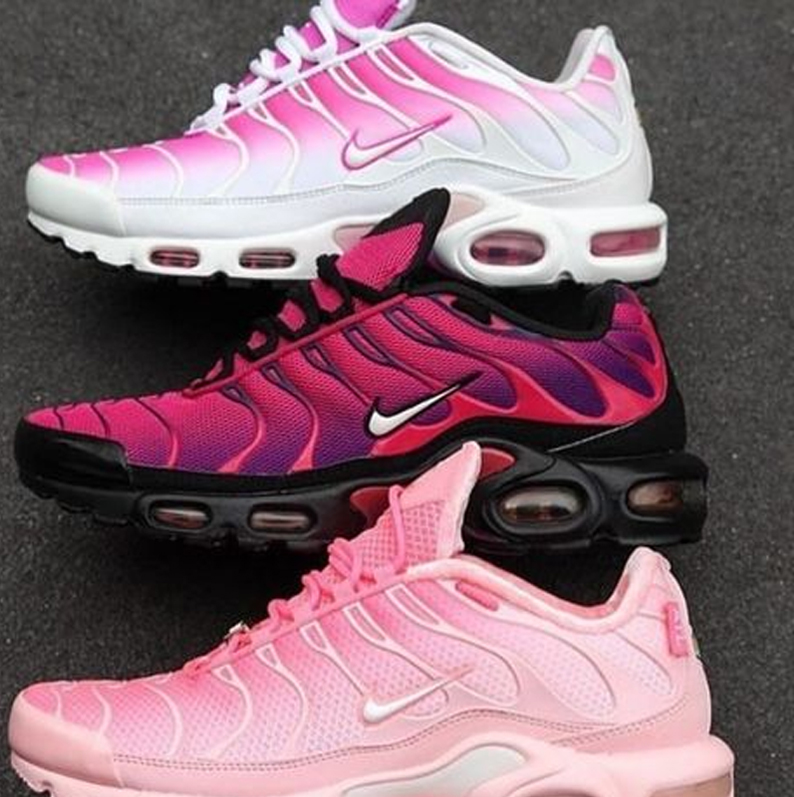ASICS has made giant strides in the world of athletic footwear, leaving footprints across continents. This article uncovers the intricate web of ASICS production facilities, exploring how Japanese design influence meets global manufacturing prowess. We’ll lace up and race through the company’s quality control processes, supply chain management, and the countries that bring ASICS shoes to life. Whether you’re a sneaker enthusiast, industry insider, or curious consumer, this deep dive into ASICS’ global operations will give you a fresh perspective on the shoes you wear.
Key Takeaways: ASICS’ Global Manufacturing Footprint
- ASICS leverages a diverse network of production facilities across Asia
- Vietnam, Indonesia, and China play crucial roles in ASICS manufacturing
- Japanese design influence remains at the heart of ASICS innovation
- Rigorous quality control and sustainable practices are prioritized
- ASICS’ supply chain management balances efficiency and responsibility
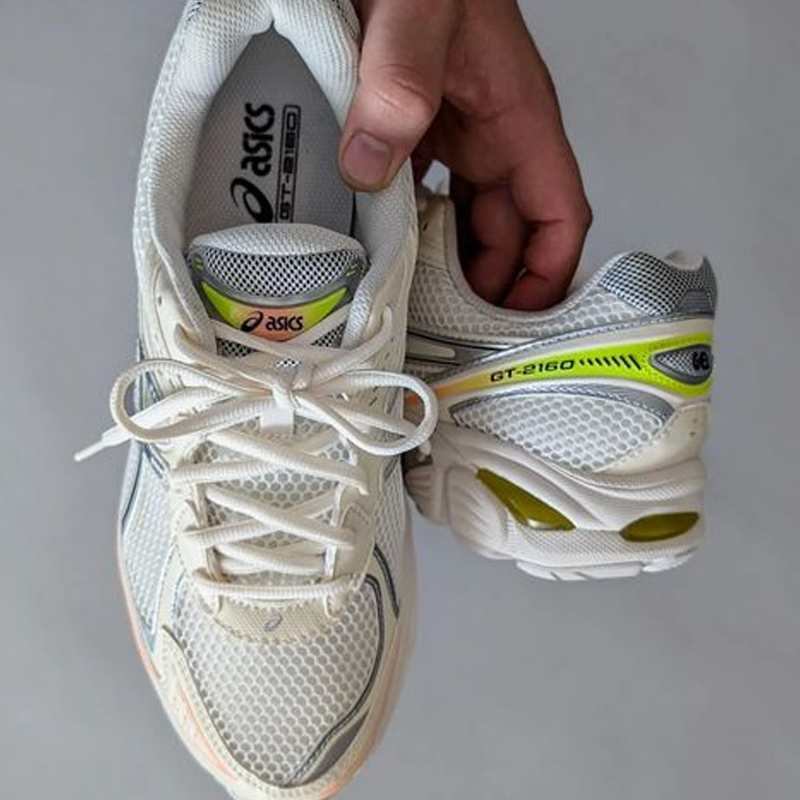
ASICS Global Footprint of Performance Footwear (1)
Where Are ASICS Shoes Made? A Global Production Tour
ASICS, founded in 1949 in Kobe, Japan, has come a long way from its humble beginnings. Today, the company’s production facilities span several countries, with the majority of manufacturing taking place in Asia. The brand’s commitment to quality and innovation has led it to strategically position its factories in regions known for skilled labor and advanced manufacturing capabilities.
Vietnam stands out as a major hub for ASICS production. The country’s factories located in industrial zones churn out millions of pairs annually. Indonesia is another significant player, with several facilities dedicated to ASICS footwear. China, despite a shift in recent years, still contributes to the brand’s manufacturing output.
Here’s a breakdown of ASICS’ primary manufacturing countries:
| Country | Percentage of Production | Main Products |
|---|---|---|
| Vietnam | ~40% | Running shoes, performance footwear |
| Indonesia | ~30% | Athletic shoes, training footwear |
| China | ~20% | Lifestyle shoes, some performance models |
| Others (Cambodia, Myanmar, etc.) | ~10% | Various models |
How Does Japanese Design Influence ASICS Global Production?
While ASICS shoes are manufactured across Asia, the heart of their design remains firmly rooted in Japan. The company’s headquarters in Kobe is where the magic begins. Here, a team of dedicated designers and engineers work tirelessly to create innovative footwear that blends form and function.
The Japanese design influence is evident in several aspects of ASICS shoes:
- Attention to detail: Meticulous craftsmanship is a hallmark of Japanese design, reflected in every stitch and seam of ASICS footwear.
- Minimalist aesthetics: Clean lines and purposeful design elements speak to the Japanese principle of simplicity.
- Technological innovation: Japan’s reputation for cutting-edge technology is upheld in ASICS’ constant pursuit of performance-enhancing features.
This design philosophy is then translated into precise specifications that guide production in factories around the world, ensuring consistency and quality across all manufacturing locations.
What Sets ASICS Vietnam Factories Apart?
Vietnam has emerged as a powerhouse in ASICS’ global production strategy. The country’s Vietnam factories are known for their advanced capabilities and skilled workforce. These facilities specialize in producing ASICS’ high-performance running shoes, including models featuring the brand’s signature GEL technology.
Key features of ASICS Vietnam production include:
- State-of-the-art gel cushioning production lines
- Advanced biomechanics research facilities on-site
- Emphasis on worker conditions and fair labor practices
- Implementation of sustainable practices in manufacturing processes
The success of ASICS’ Vietnam operations has led to increased investment in the country, with plans for expansion and further technological upgrades in the coming years.
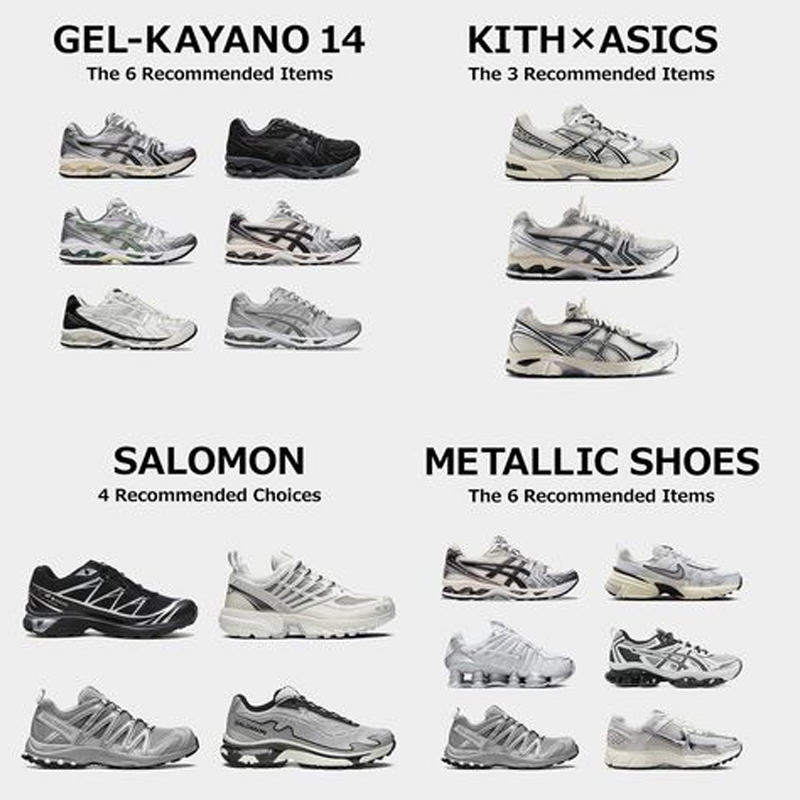
How Does ASICS Ensure Quality Across Different Manufacturing Locations?
ASICS’ reputation for quality is no accident. The company employs rigorous quality control processes across all its manufacturing locations. This standardized approach ensures that a pair of ASICS shoes meets the same high standards whether it’s made in Vietnam, Indonesia, or China.
The quality assurance process includes:
- Material testing: Each component undergoes stringent checks before entering production.
- In-line inspections: Quality control personnel monitor production at various stages.
- Performance testing: Finished shoes are subjected to durability and functionality tests.
- Random sampling: Batches are randomly selected for comprehensive evaluation.
ASICS also invests heavily in training programs for factory workers, ensuring they understand and can execute the brand’s exacting standards. This commitment to quality has helped ASICS maintain its position as a leader in performance footwear.
What Role Does Indonesia Play in ASICS Global Production?
Indonesia has become an increasingly important player in ASICS’ manufacturing landscape. The country’s Indonesia production facilities are known for their versatility, producing a wide range of ASICS footwear from performance running shoes to lifestyle sneakers.
Indonesian factories contribute to ASICS’ global output in several ways:
- Specialization in mid-range to premium footwear models
- Focus on material sourcing from local suppliers to reduce carbon footprint
- Implementation of advanced customization options for certain product lines
- Contribution to ASICS’ global distribution network, particularly for Southeast Asian markets
The growth of ASICS’ presence in Indonesia reflects the country’s rising status in the global footwear industry and its strategic importance to the brand’s future.
How Has ASICS’ Relationship with China Manufacturing Evolved?
China has long been a key player in the global footwear industry, and ASICS’ history with China manufacturing is no exception. However, the landscape has shifted in recent years. While China remains an important part of ASICS’ production network, its role has evolved.
Key points in the evolution of ASICS’ China manufacturing:
- Historical significance: China was once the primary production hub for ASICS.
- Shift in focus: Rising labor costs led to a partial relocation of production to other countries.
- Current role: China now focuses on specialized production and innovation.
- Future outlook: Continued importance in ASICS’ global strategy, particularly for high-tech products.
Despite the changes, Chinese factories continue to play a crucial role in ASICS’ supply chain management, leveraging their expertise and advanced manufacturing capabilities.
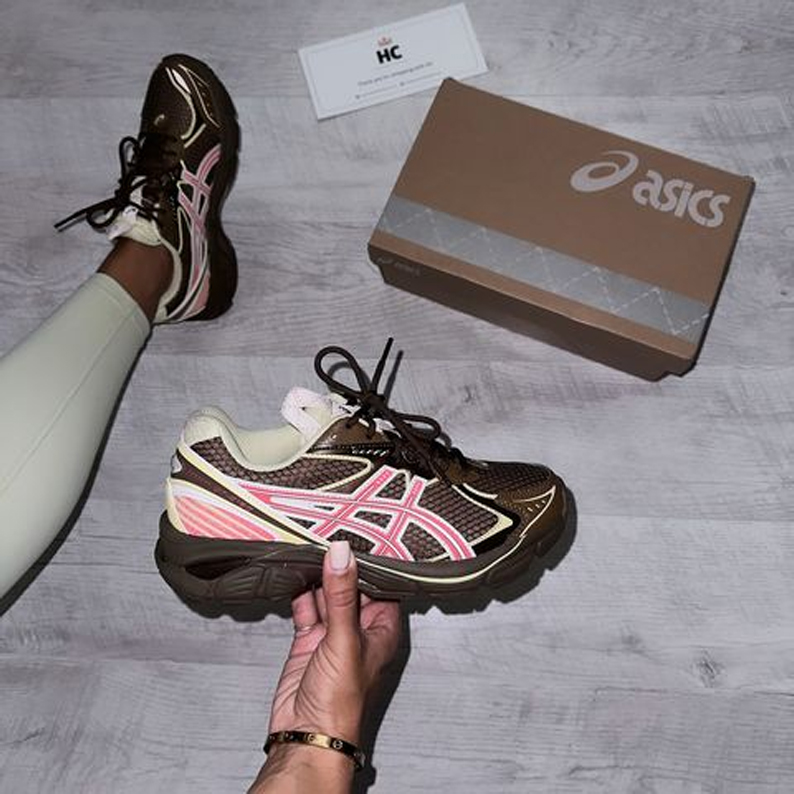
What Innovations Drive ASICS’ Global Production Strategy?
Innovation is at the core of ASICS’ success, and this extends to its global production strategy. The company consistently invests in sports science innovation and manufacturing technologies to stay ahead of athletic footwear trends.
Some key innovations shaping ASICS’ production include:
- 3D printing: Used for rapid prototyping and customized components
- AI-driven design: Algorithms assist in creating optimal shoe structures
- Robotics: Automated systems enhance precision in assembly processes
- Sustainable materials: Development of eco-friendly alternatives to traditional materials
These innovations not only improve product quality but also contribute to increased production capacity and efficiency across ASICS’ global manufacturing network.
How Does ASICS Balance Performance, Sustainability, and Ethics in Production?
ASICS’ commitment to excellence extends beyond shoe performance. The company places a strong emphasis on sustainable practices and brand ethics throughout its production processes. This holistic approach ensures that ASICS footwear not only performs well but is also produced responsibly.
Key aspects of ASICS’ balanced approach:
- Environmental impact: Implementation of energy-efficient technologies and waste reduction programs in factories
- Ethical sourcing: Strict supplier code of conduct ensuring fair labor practices and safe working conditions
- Material innovation: Research into recycled and bio-based materials to reduce environmental footprint
- Community engagement: Support for local communities around production facilities
This commitment to sustainability and ethics has become a cornerstone of ASICS’ brand identity, influencing decisions across its global production network.
What Does the Future Hold for ASICS Global Production?
As ASICS looks to the future, its global production strategy continues to evolve. The company is poised to embrace new technologies, expand its sustainable practices, and adapt to changing market dynamics.
Some trends shaping the future of ASICS production:
- Increased automation and AI integration in manufacturing processes
- Expansion of production capabilities in emerging markets
- Greater emphasis on localized production to reduce shipping and environmental impact
- Enhanced customization options leveraging advanced manufacturing techniques
- Strengthening of international sports partnerships to drive innovation in performance footwear
As ASICS continues to innovate and expand its global footprint, the company remains committed to delivering high-quality, performance-driven footwear to athletes and enthusiasts worldwide.
Sourcing Smart: Leveraging Global Manufacturing Expertise
ASICS’ global production strategy offers valuable insights for businesses looking to optimize their manufacturing processes. The brand’s success in leveraging diverse production facilities, particularly in countries like China, Vietnam, and Indonesia, demonstrates the potential of a well-managed global supply chain.
For companies considering Chinese factories as a key component of their production strategy, it’s crucial to approach sourcing with a comprehensive understanding of the global landscape. This is where expertise in navigating international manufacturing can be invaluable.
If you’re looking to source smartly and efficiently, consider reaching out to BuyFromChinaDirect. Our team can help you tap into the strengths of Chinese manufacturing while also exploring opportunities in other key production hubs. By leveraging our experience and connections, you can develop a robust and flexible supply chain that meets your specific needs, much like ASICS has done on a global scale.
Remember, in today’s interconnected world, smart sourcing isn’t just about finding the lowest cost – it’s about building a resilient, quality-focused production network that can adapt to changing market demands and technological advancements. Let us help you step into the future of global manufacturing with confidence.




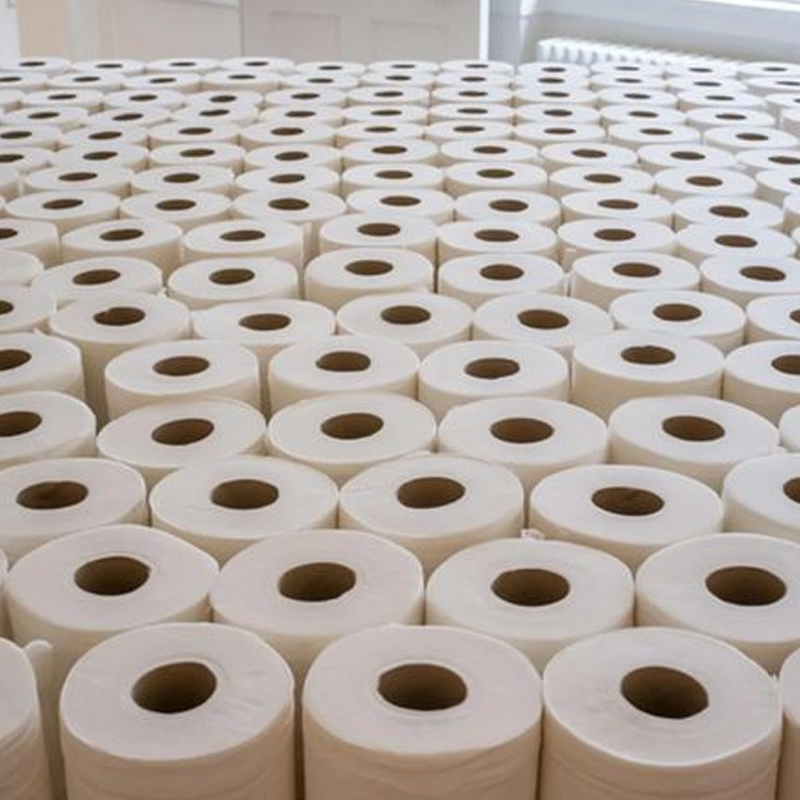



.jpg)


